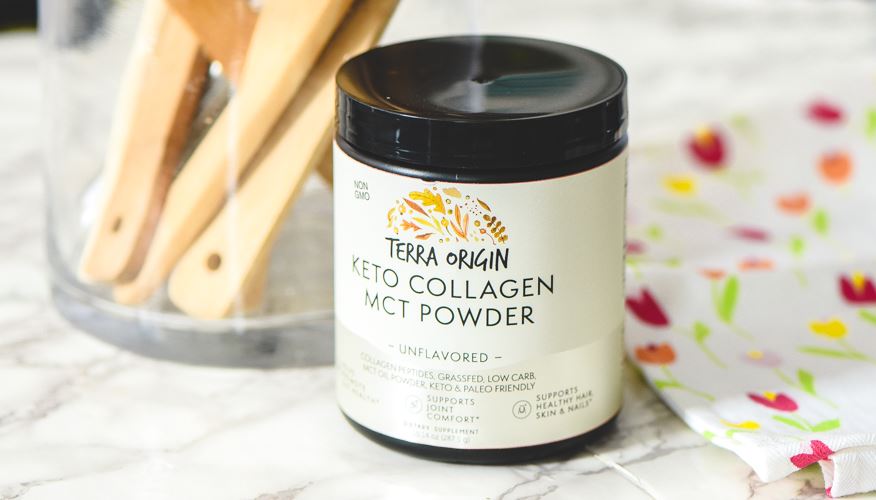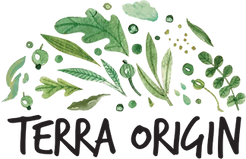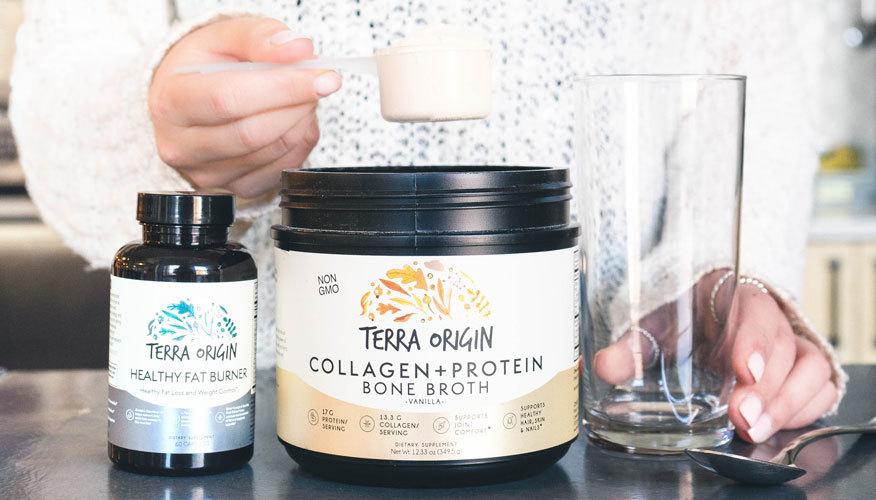Understanding Keto

What is the Keto Diet?
Ketogenic eating plans focus on high-fat, high-fiber and moderate protein meals while drastically reducing carbohydrates and eliminating sugar, grains, legumes, most root vegetables, alcohol and processed foods. It requires a familiarity with macronutrients, fat, carbohydrates and protein, and how to count them and eat proper portions of each to fit within the system. A typical keto diet is based on 75% fat, 20% protein and 5% carbs which in a standard 2,000 calorie diet, which is not for everyone, the macro breakdown would be something like 167 grams of fat, 25 grams of carbs, and 100 grams of protein. To figure out your own macro levels, start with how many calories you are eating each day. For fat, take .75 x daily calories for the total calories to come from fat, then divide that by 9 as there are nine calories in every gram of fat for the total grams of fat you can consume. Do the same for protein and carbohydrates but divide by four, as there are four calories in every gram of protein or carb.
When you find the right balance, your body enters into a state called ketosis. Though this can get very specific and science heavy, the basic explanation is that your body begins to burn fat for fuel because it is starved of carbohydrates and needs an alternative energy source. Your liver begins to convert fatty acids into ketones as the body’s response to low calorie or carbohydrates. Ketones are then used as fuel or energy by the body. By switching your body’s fuel source from sugar to fat, it naturally begins to drop weight as it goes to your fat stores for continued energy to survive.
Though many other health benefits are being analyzed, there are insufficient long-term studies to confirm permanent weight loss, lowered glucose levels and decreased inflammation. What we do know is that this diet was not created initially for weight control. It is a medical diet for neurological problems and designed to moderate epileptic patients. It’s success in these treatments has a lot to do with the microbiome of the gut and the connection to the brain and nervous system.
With that connection in mind, we can say that if you suffer from intestinal impermeability, excess weight, insulin resistance, systemic inflammation or enteric nervous system disorders, this eating plan may offer you relief in the short-term and hopefully permanently. As with any diet, it is important to check with your doctor before you begin.
Dirty vs. Clean
Unfortunately, many people read the basic macro breakdown and turn to “dirty” sources of fat and protein to make up the bulk of their calories. When you set out on a keto diet and fill your plate with nitrate heavy meats, fried bacon, a lump of cheddar cheese and a side of oil, you are not doing your body any favors! You cannot eat trans fats all day expect your cholesterol levels and heart health to be in good condition. You cannot order a triple patty burger without the bun and extra sliced cheese at the drive-thru and maintain your longevity or vitality. You will get sick.
When choosing your fats and proteins, you must make lean, organic, nutrient dense choices such as wild salmon, free-range chicken, grass-fed, pastured meats, extra-virgin coconut and olive oil, non-GMO, pesticide free avocados, raw butter, nuts and seeds. You will need to put time, effort and yes, some money into high quality foods that will feed your body what it needs to be strong and free of disease.
Knowing You are in Ketosis
The body gives several signs of entering ketosis including rapid weight loss. You may also get keto breath and a metallic taste in your mouth as excess ketones exit the body through your breath and through your urine. This is also why testing for ketosis can be done via blood, urine or breath analysis.
Ketosis also creates an imbalance in the body’s electrolytes and minerals causing dehydration and increased thirst. Be aware of this symptom and be sure to increase your water consumption along with a basic mineral supplement for potassium, magnesium, sodium and calcium. The dehydration can also cause muscle cramps and spasms if left unchecked.
As your gut microbiome changes, you may experience headaches, stomach irritation, fatigue, fuzzy thoughts and severe cravings for sugar and carbs. This is quite normal with any diet that restricts the food of “bad” gut bacteria. They want to survive and can throw your body and mind into turmoil in their attempts. It can also cause unwanted insomnia, but don’t get your body addicted to a heavy sedative during this time. Choose something gentle and plant-based like Terra Origin Healthy Sleep. This die-off phase will usually end within the first week, just stay strong.
Support Your Body
While choosing good foods and balancing your plate are critical to a successful keto diet, choosing the right supplements are crucial to continuing your eating plan and not giving up due to deprivation or changes in your system. MCT oil has been shown to have a great effect in helping to stick with ketogenesis. MCT, or medium-chain triglycerides, are readily broken down by the body into ketosis amping your usable fuel and helping to clear the brain fog, increase your energy and end cravings. Choose a high-quality source like Terra Origin Keto Collagen MCT powder to give you the benefits of both.
It’s also important to give your gut additional love as it goes through a massive overhaul and recreates its bacterial environment and resets its own nervous system. Consider a powerful gut support with MSM, Methylsulfonylmethane, and Glutamine. Take a look at the Healthy Gut Mint, Fennel, Peach-Banana or Berry to smooth out your diet transition and protect your body from the inside out!



